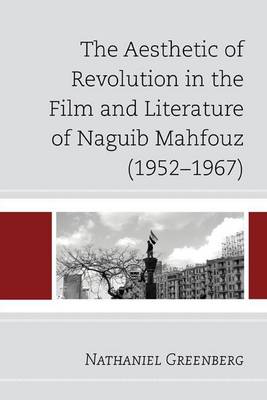In the wake of the 1952 Revolution, Egypt's future Nobel laureate in literature devoted himself exclusively to writing for film. The Aesthetic of Revolution in the Film and Literature of Naguib Mahfouz is the first full-length study in English to examine this critical period in the author's career and to contextualize it within the scope of post-revolutionary Egyptian politics and culture. Before returning to literature in 1959 with his post-revolutionary masterpiece Children of the Alley, Mahfouz wrote or co-wrote some twenty odd scripts, many of them among the most successful in Egyptian history. He did so at a time when film was the country's second largest export commodity after cotton and the domestic film industry in Egypt the fourth largest in the world. Artistically, his screenplays channeled the ideology of the revolution, often raising themes of oppression and liberation, and almost always within a storyline of criminal transgression. But as he discussed in later articles and interviews, the capacity for film to enumerate the flow of life-through montage, jump cuts, lighting, and close ups-helped him to develop a darker, faster, and more complex vision of society. This technological revolution was followed by a literary one in the 1960s, a time when Mahfouz would generate through a series of short, trenchant, and often comedic novellas, a deeply measured meditation on the experience of collective upheaval and the interpersonal impact of political transformation.
- ISBN10 1306947405
- ISBN13 9781306947404
- Publish Date 1 January 2014
- Publish Status Active
- Out of Print 12 May 2015
- Publish Country US
- Imprint Lexington Books
- Format eBook
- Pages 129
- Language English
